Maui Island is often described as a hidden paradise in the waters of the Pacific Ocean. Named after the heroes of Polynesian mythology, this island is where the magic of nature and rich culture come together, offering visitors a unique experience.
Maui is one of the four main islands of the Hawaiian Archipelago, and its geographical location highlights it not just as an island but also as a mosaic of natural beauty. Being situated in the middle of the Pacific makes Maui Island an unforgettable holiday destination, while the island’s historical depths and rich cultural heritage are also intriguing.
In this article, we will go beyond the magnificent landscapes of Maui and explore the island’s history, culture, significant structures, and natural beauty. From its peaceful beaches to mystical mountain peaks, from traditional dances to the dynamics of modern tourism, we will cover the enchantment of Maui Island from every aspect. Get ready, as we embark on a journey into the magical world of Maui with this Island Guide.
Table of Contents
Where is Maui Island?
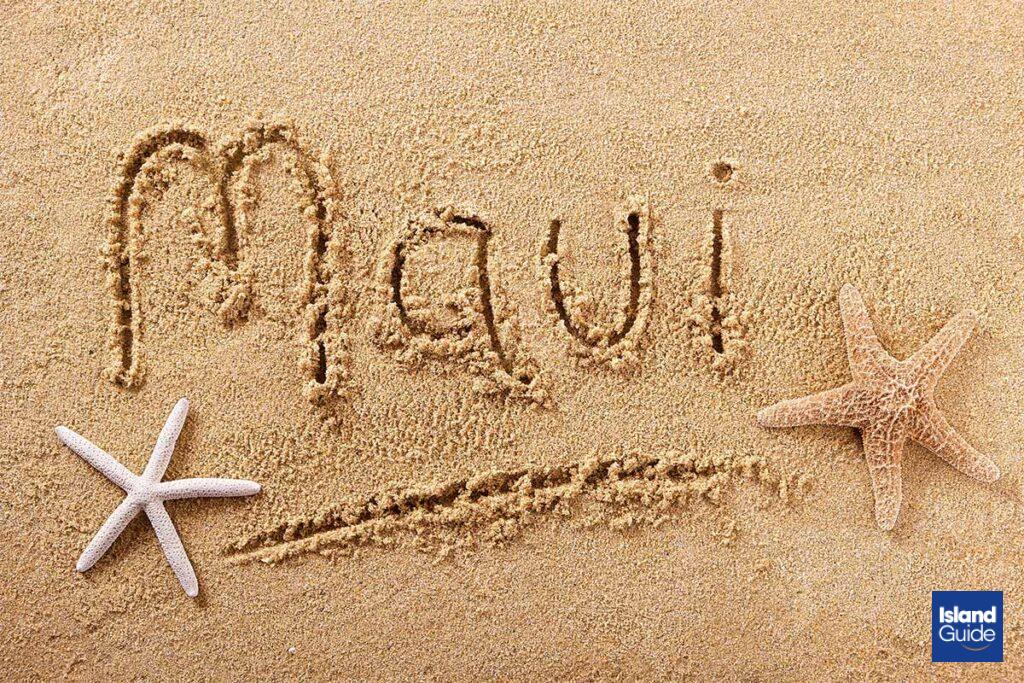
Maui Island shines in the Pacific Ocean as one of the four main islands of the Hawaiian Archipelago, which is part of the United States. The island’s geographical location is found north of the 20th parallel and west of the 156th meridian. This unique positioning makes Maui stand out as a destination with its climate, natural riches, and cultural diversity.
Situated in the middle of the Hawaiian Archipelago, Maui is the second-largest island and is renowned for its impressive landscapes and natural beauty. The island has a diverse geographical structure with various settlement areas such as Kahului, which is the main residential area, along with Lahaina, Kihei, and Wailuku. Kahului Airport is generally used to access the natural wonders that Maui offers, serving as the main gateway for visitors coming to the island.
The island’s distinct geographical features, surrounded by warm beaches, high mountain peaks, and tropical rainforests, make Maui occupy a special place not just on the map but also in the hearts of its visitors. The location of Maui makes the unique experience it offers even more special. Are you ready to explore the magical world within the bounds of this beautiful island?
How to Get to Maui Island?
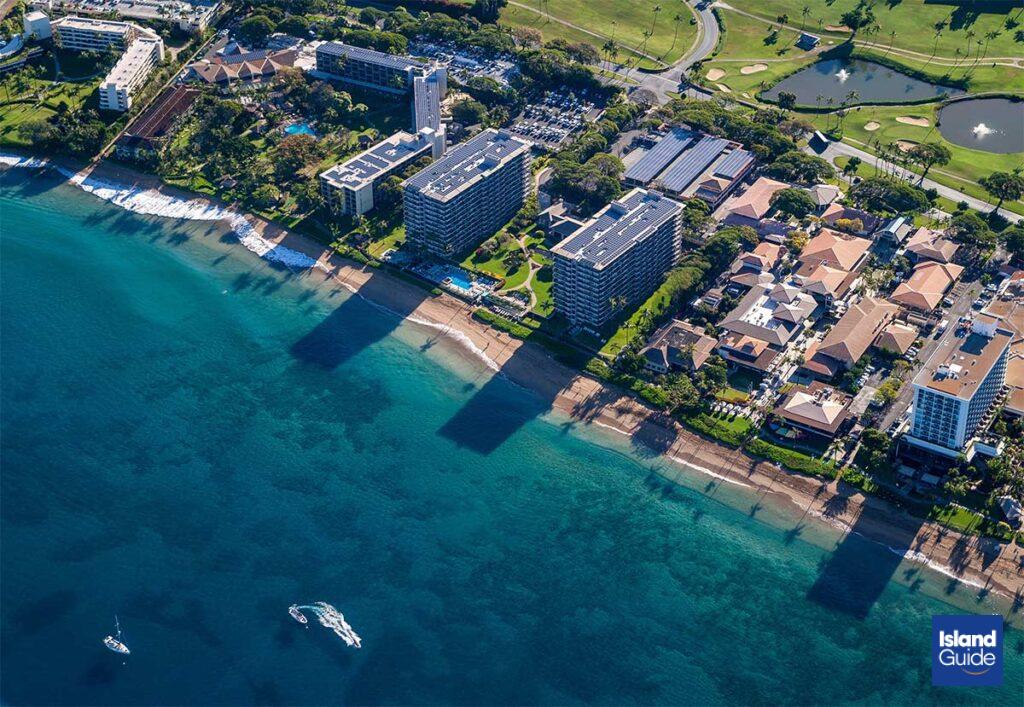
Reaching Maui Island offers visitors a range of transportation options. Access to the island is primarily through air travel, with Kahului Airport at the center of this process.
Air Travel
The most common way to get to Maui is by airplane. Kahului Airport is the island’s main airport and is accessible through direct flights from many major cities in America. Flights from the mainland and other islands provide quick and convenient access to the island’s tourist centers.
Car Rental
One of the most popular methods to explore Maui is by renting a car. There are numerous car rental agencies at the airport and around various parts of the island. With a rental car, you can discover the island’s beauty at your own pace and enjoy the freedom of transportation.
Public Transportation
The island also offers public transportation options. Buses connect the tourist areas, offering visitors a cost-effective choice. However, renting a car might be more practical for reaching the island’s more remote and unexplored areas.
These transportation options to Maui provide visitors with various travel choices. Regardless of the chosen method of transportation, arriving at Maui Island is the first step towards an unforgettable holiday experience. Are you ready to explore the worthy beauties of Maui?
The Mysterious History of Maui Island
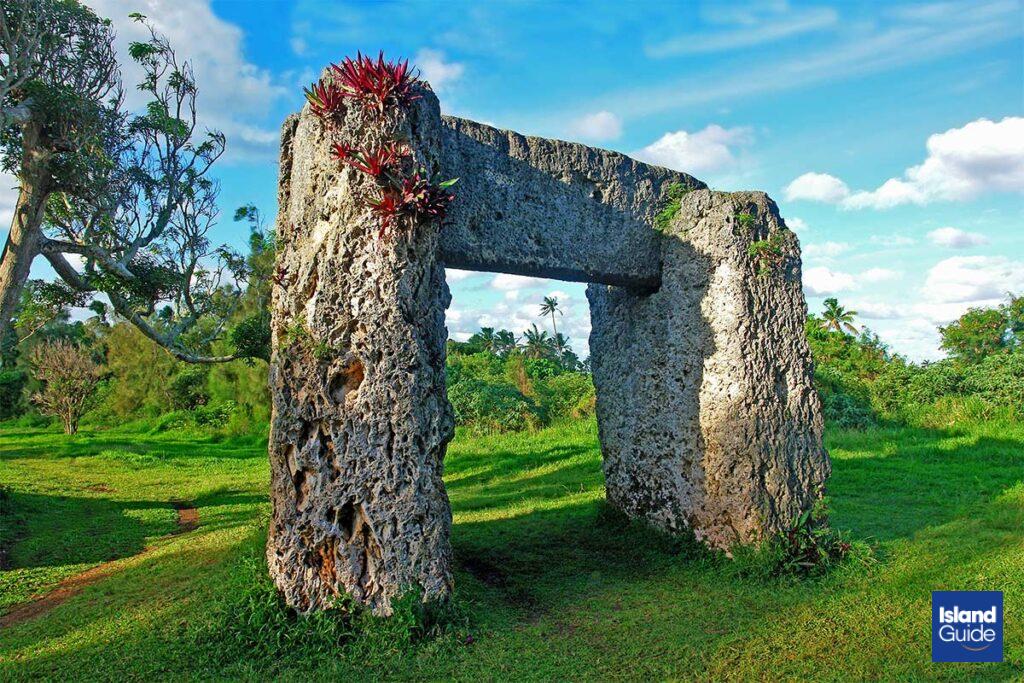
The history of Maui Island stretches back thousands of years before the arrival of Polynesian immigrants to this magnificent island. Information about the island’s early history has been unearthed through oral traditions and archaeological discoveries.
- Polynesian Migrations and Early Settlements: As part of the Polynesian culture, Maui was discovered by Polynesian immigrants who first settled on the island between 300 and 800 AD. The immigrants established their own culture on the island by utilizing their skills in agriculture, fishing, and seafaring.
- Kahuna and Temple Culture: In the early history of Maui, the presence of religious leaders and scholars known as kahunas was of great significance. Kahunas preserved and conveyed knowledge about natural events and gods in temples. Temples constitute an important part of the historical traces in various regions of the island.
- Kapakahi and the Royal Government: In the 18th century, a royal government was established on Maui under the leadership of King Kapakahi. During this period, the administration and cultural development of the island were significantly influenced. However, with the unification of the Hawaiian Kingdom by Kamehameha in the early 19th century, Maui also became part of this united kingdom.
- Missionaries and Modernization: In the mid-19th century, missionaries arrived on Maui Island, spreading Christianity and leaving a significant impact on the local culture. The development of agriculture and trade during this period transformed Maui’s economic structure and turned the island into a gateway to the modern world.
Today, Maui, along with its rich historical past, offers this deep-rooted heritage to visitors through historical sites, museums, and traditional festivals. The history of Maui Island continues to be a significant element that forms the foundation of the island’s current cultural riches.
What Are the Features of Maui?
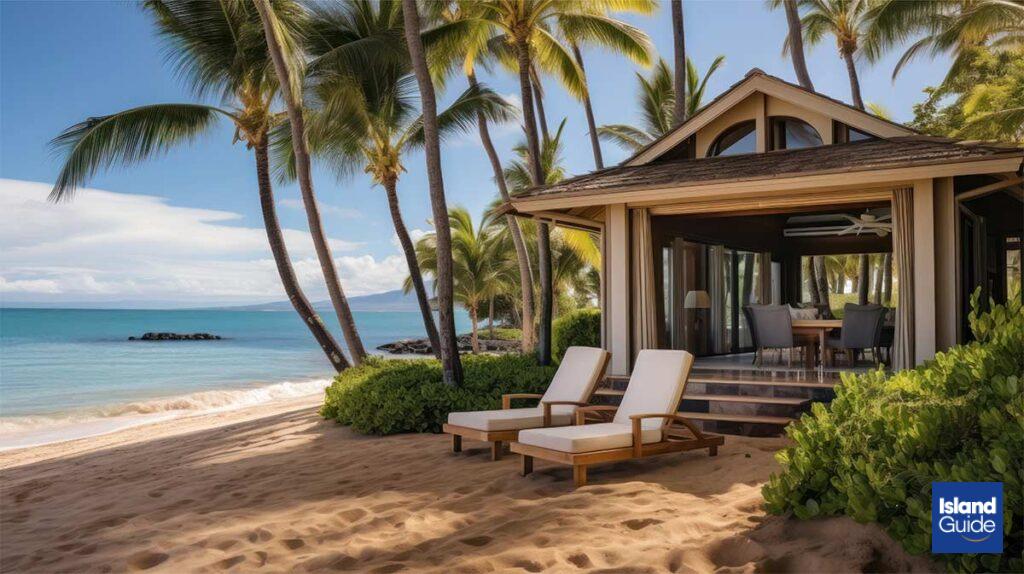
Maui is an island that encompasses a range of structures, from historical and cultural buildings to immense natural formations. These structures reflect the island’s rich past and diverse cultural interactions.
Haleakalā Volcano and Crater
The most iconic structure on Maui Island is the Haleakalā Volcano, rising in the east of the island, and its mesmerizing crater. Famous for its height and views, this volcano is a symbol of the island’s natural riches. Journeys to the summit offer a unique experience for watching sunrises and sunsets.
Iao Valley and the Needle
Located in the center of Maui, Iao Valley possesses a mystical atmosphere. The most striking feature in the valley is the Iao Needle, a rock formation resembling a spire. This formation points to the island’s historical and cultural significance.
Lahaina Town Center
Lahaina is a historic town center that served as the capital until the mid-19th century. Today, it offers visitors a nostalgic atmosphere with its restored buildings, shops, and restaurants reminiscent of old times. Historical structures in the area, such as the Banyan Tree and Lahaina Courthouse, also stand out.
Hawaiian Temples
Maui has been home to a number of Hawaiian temples throughout its history. These temples reflect the island’s cultural heritage and religious rituals. Temples like Haleki’i Heiau and Pi’ilanihale Heiau shed light on the island’s religious past.
These structures, combined with Maui’s natural beauty, make the island unique. Visitors exploring these structures will journey through historical depths and feel the island’s cultural fabric more closely.
Natural Beauties of Maui
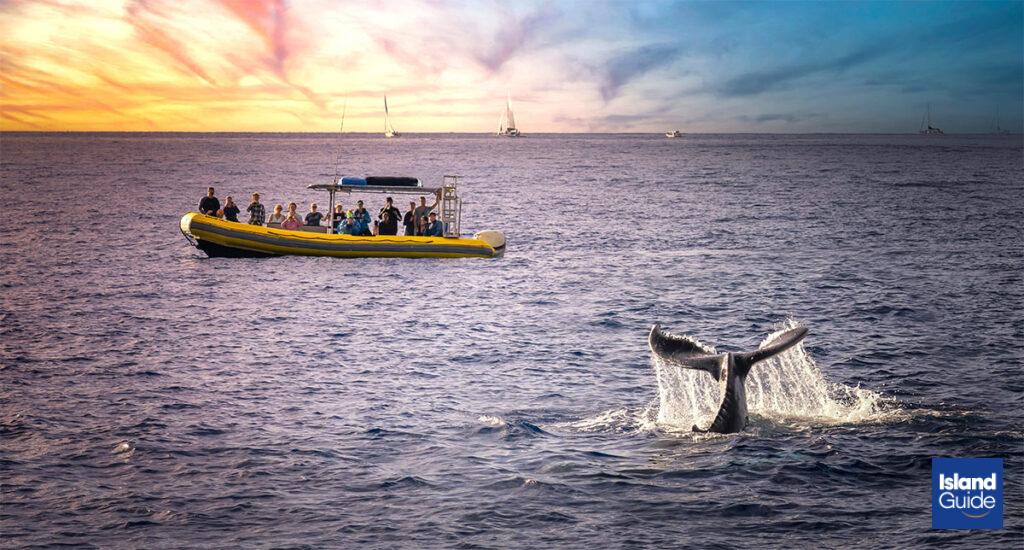
Maui Island is a place where nature creates a unique mosaic, encompassing a breathtaking array of natural beauties. From volcanic peaks to clear oceans, tropical rainforests to golden sandy beaches, the natural beauties of Maui will enchant you.
Haleakalā Volcano and Crater
Haleakalā is a massive volcano that mysteriously rises in the east of the island. Reaching the summit offers views of sunrises and sunsets that plunge you into a captivating atmosphere. Hiking along the crater’s edge feels like stepping into another world.
Road to Hana and Waterfalls
The Road to Hana starts from the island’s east, taking you through tropical forests, breathtaking views, and a series of waterfalls to the town of Hana. Natural beauties like Wailua Falls and Ohe’o Gulch (Seven Sacred Pools) greet you along the way. Stopping to listen to the sounds of nature during the journey offers an unforgettable experience.
Beaches
Maui is famous for its unique beaches. Beaches like Kaanapali, Wailea, and Makena offer a dream-like beach experience with their warm golden sands and clear turquoise waters. You can snorkel, observe wildlife, or simply enjoy the sun.
Iao Valley and the Needle
Iao Valley is renowned for its lush nature and the mystical sight of the Iao Needle. The valley is surrounded by rainforests and natural vegetation. The Iao Needle is a steep rock formation rising in the middle of the valley.
Marine Life and Diving Spots
The waters around Maui are filled with colorful coral reefs and rich marine life. Diving spots like the Molokini Crater are perfect for exploring the underwater world. Whale watching tours are also popular among visitors wanting to see Pacific grey whales during the winter months.
These natural beauties offer visitors the opportunity to explore the natural wonders of Maui Island. Each with its unique features, these natural beauties reflect the diversity and natural wealth of the island.
Cultural Riches
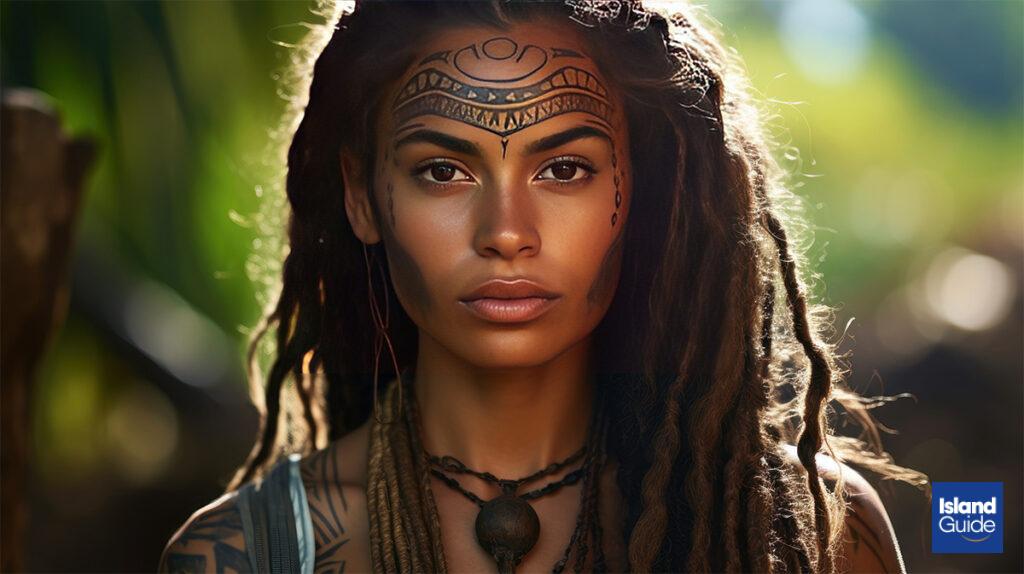
Maui Island stands out not only for its natural beauties but also for its rich cultural heritage and diverse cultural elements present today. The cultural riches of the island span a wide range, from traditional dances to the significance of language.
- Hula Dance and Traditional Performances: Hula dance is one of the cornerstones of Hawaiian culture. In Maui Island, you can witness traditional hula dances at many local events and shows. These dances are often performed to convey a narrative story and emphasize harmony with nature.
- Importance of the Hawaiian Language: The Hawaiian language plays a significant role in the island’s cultural heritage. Some place names, proverbs, and traditional songs are still expressed in Hawaiian. Visitors can deepen their connection to the culture by learning and using some basic Hawaiian words when interacting with the island’s natives.
- Ethnic Diversity and Festivals: Maui Island hosts a multicultural population. The cultural heritage of immigrants from the Philippines, Japan, China, and other Pacific islands lives on through various festivals, food events, and art shows on the island. Festivals like “Maui Matsuri,” held in various locations in Maui County, celebrate the island’s ethnic diversity.
- Ukulele and Music Tradition: Maui is also known for its musical heritage. The ukulele is one of the most recognized instruments of the island. At many music events and venues, you can encounter traditional Hawaiian songs and ukulele performances played by local artists.
- Art and Crafts: In Maui, you can find traditional handicrafts and contemporary artworks produced by local artists. Galleries, markets, and art events offer various opportunities for visitors interested in exploring the artistic side of the island.
These cultural elements reflect the rich and diverse cultural heritage of Maui Island, offering visitors an unforgettable experience. In this cultural tapestry, where the past and present embrace in Maui, you will feel that the island is a true treasure.
Local Flavors of Maui Island
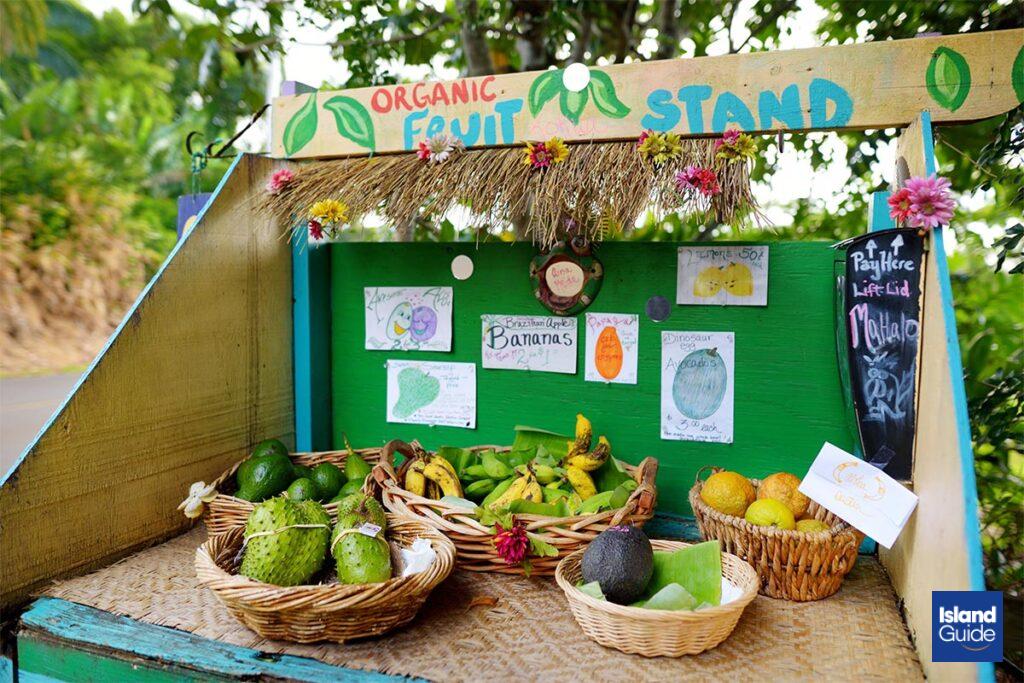
Maui is renowned for its rich seafood, tropical fruits, and the influence of Asian-Pacific cuisine. Local flavors include authentic dishes prepared using the island’s natural resources. Here are some local flavors you must try on Maui Island:
- Poke: A delicious representation of seafood in Maui, poke is typically a salad made with raw fish (usually tuna). It is seasoned and served with soy sauce, sesame oil, greens, and spices.
- Laulau: Laulau is a traditional Hawaiian dish that usually contains pork, fish, or chicken. These ingredients are wrapped in taro leaves and then cooked in an underground oven called an imu. It is known as a flavorful and nutritious Hawaiian meal.
- Lomi Lomi Salmon: Lomi lomi salmon is a Hawaiian salad made by mixing chopped fresh salmon with tomatoes, onions, greens, and spices. It is known for its light and fresh taste.
- Hawaiian Plate Lunch: The “plate lunch” is a traditional Hawaiian meal plate that typically includes rice, macaroni salad, and chicken or pork with teriyaki sauce. It’s a warm and satisfying lunch option.
- Malasada: Ideal for those with a sweet tooth, malasada is a type of doughnut that is usually coated with powdered sugar and can have various fillings.
- Poi: Made from taro root, poi is a local food of the island. The paste-like poi is typically consumed with bread or fish.
- Shave Ice: An ideal snack to cool down in Maui’s warm climate, shave ice consists of finely shaved ice flavored with colorful syrups. It is offered with a variety of fruit syrups and options like condensed milk.
These flavors reflect Maui’s unique culinary culture, showcasing the island’s gastronomic richness. Trying these tastes at local markets, restaurants, and street vendors can be an unforgettable part of your Maui vacation.
Activities and Entertainment
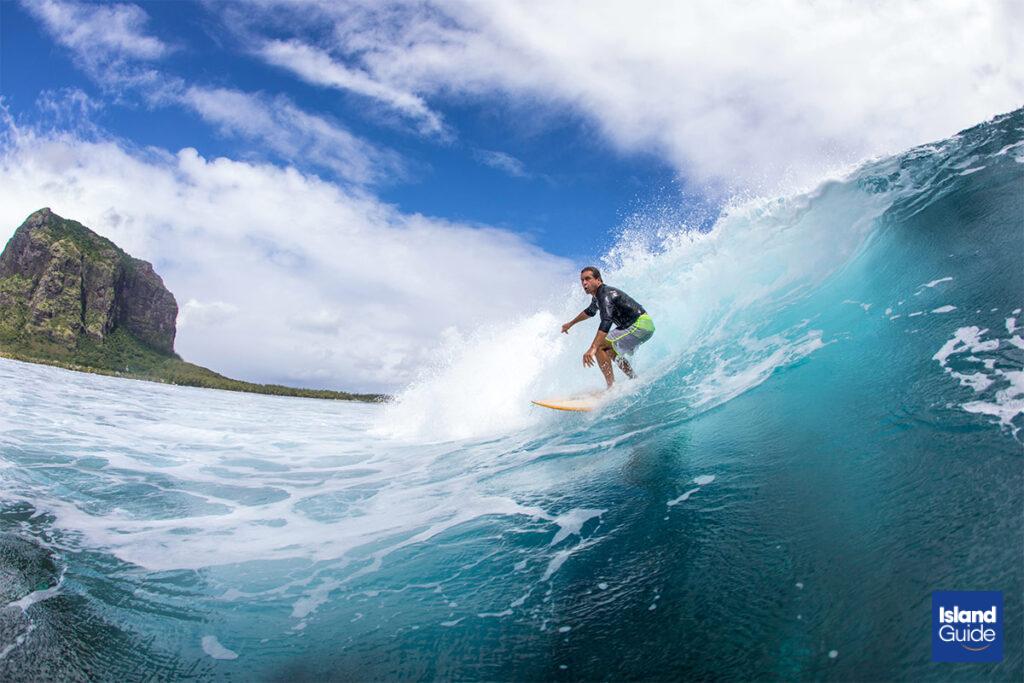
Maui Island, in addition to its natural beauties, offers a variety of activities and entertainment options. You can enrich your vacation with the unique experiences the island provides:
- Outdoor Sports: Thanks to its natural riches, Maui offers an ideal environment for various outdoor sports. You can join a sunrise tour at Haleakalā Volcano, descend the summit on mountain biking tours, or surf in the sea.
- Diving and Snorkeling: The island’s clear waters are famous for colorful coral reefs and rich marine life. You can dive in Molokini Crater or experience snorkeling in its shallow waters.
- Hiking and Trekking: Surrounded by natural beauties like Iao Valley, the Road to Hana, and Waimea Canyon, Maui is an ideal destination for hiking and trekking enthusiasts. Hiking trails offer breathtaking views and a peaceful escape in nature.
- Traditional Luau Performances: To get a closer look at Hawaiian culture, you can participate in traditional luau shows. Luau events, combining dances, music, and local flavors, offer a fun way to explore the island’s culture more closely.
- Art and Cultural Events: Maui Island hosts galleries showcasing the works of local artists, craft festivals, and cultural events. These events provide great opportunities to explore the island’s artistic and cultural side.
- Sea Tours and Whale Watching: Maui is famous for whale watching, especially during the winter months when Pacific gray whales can be seen in the island’s waters. Discover the island’s beauties with sea-related activities like sea tours, whale watching, and sunset yacht tours.
- Golf: Maui is known for its world-class golf courses. Manicured greens, tropical landscapes, and ocean-side courses offer an unforgettable experience for golf enthusiasts.
These activities and entertainment options showcase the diversity of Maui and the unique experiences the island offers. Visitors can explore the island’s natural beauties and create enjoyable memories through these activities.
Accommodation Options
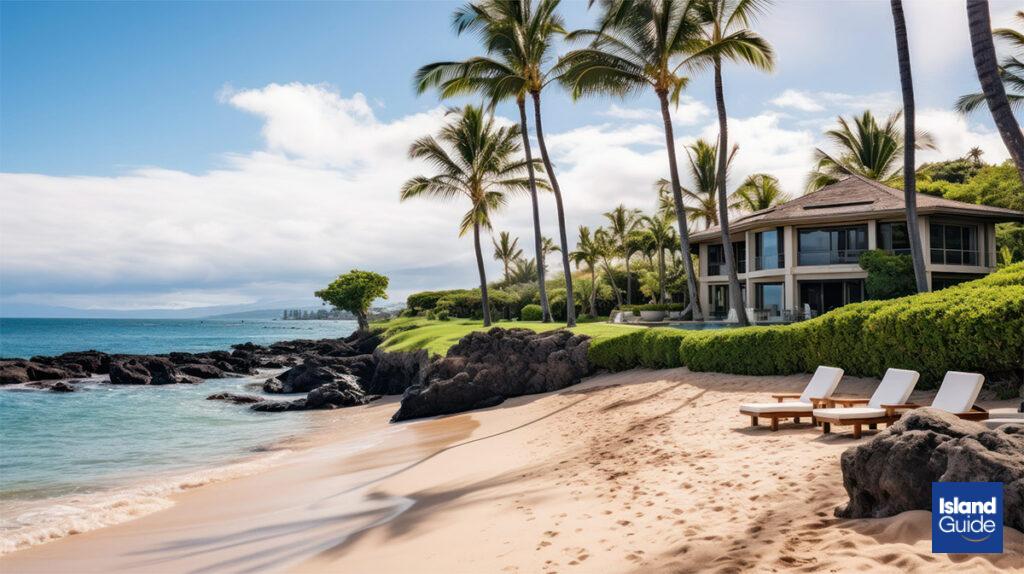
Accommodation options in Maui vary across different regions of the island and according to visitors’ preferences. Here are some popular options for staying in Maui:
- Luxury Resorts and Hotels: Maui is known for its luxury resorts and five-star hotels, with areas like Kaanapali and Wailea hosting a high concentration of such accommodations. Luxury resorts offering private beaches, spa facilities, and fine dining cater to those seeking a comfortable and upscale vacation.
- Rental Villas and Homes: Vacation villas and homes in Maui are often ideal for large groups or extended stays. These options provide the comfort of home with their own private pools, fully equipped kitchens, and spacious living areas.
- Boutique Hotels and Inns: Some visitors prefer the intimacy of small boutique hotels and family-run inns. In historic areas like Lahaina and quieter villages like Hana, boutique hotels and inns offer traditional Hawaiian hospitality.
- Vacation Rentals and Airbnb: Alternative accommodation options like vacation rentals and Airbnb can offer a more local experience. Renting houses or apartments in different areas of the island allows for a closer connection to the real life of the island.
- Camping Sites: For nature lovers, there are also camping sites in Maui. Options for camping are available within Haleakalā National Park and at various beaches around the island.
- Farm Stays: Some farms in the Hana region offer guesthouses or cabins, providing visitors with a peaceful stay amidst nature.
Conclusion
Maui is an unforgettable vacation destination in the Pacific paradise, celebrated for its immense natural beauties, rich cultural heritage, and diverse activities. Your time spent on this magical island will not only allow you to enjoy the warm beaches, volcanic mountains, tropical rainforests, and breathtaking ocean views but also to deeply interact with the local culture.
Watching the sunrise from the summit of Haleakalā Volcano, discovering tropical waterfalls along the Road to Hana, watching traditional luau performances, and observing Pacific gray whales are just a few of the unforgettable experiences that Maui Island offers.
Whether you want to taste local flavors, participate in outdoor sports, or simply relax on golden sandy beaches, Maui is ready to offer these authentic experiences. The accommodation options range from luxury resorts to boutique hotels, ensuring you find a place that suits your vacation style.
In conclusion, Maui Island is a haven where nature and culture harmoniously converge, offering a vacation filled with peace and exploration. The memories you create in Maui will continue to impact you long after you’ve left the enchanting atmosphere of this unique island. Are you ready for an unforgettable Maui adventure?
Frequently Asked Questions (FAQ)
Maui offers a temperate climate throughout the year, but the months with the lowest tourist traffic are typically April, May, September, and October.
Haleakalā Volcano, Iao Valley, the Road to Hana, and famous beaches (Kaanapali, Wailea, Makena) are among the must-see natural beauties in Maui.
Snorkeling, diving, mountain biking tours, sunrise Haleakalā visits, luaus, whale watching, and hiking are popular activities.
You should try Hawaiian cuisine specialties such as poke, laulau, lomi lomi salmon, malasada, and poi.
Popular areas like Kaanapali and Wailea have luxury resorts, while quieter areas like Hana offer boutique hotels and inns.
Transportation to Maui Island is typically provided by air through Kahului Airport. Renting a car on the island is a popular transportation option.
Shopping centers, galleries, and local markets in areas like Lahaina and Kihei are ideal places for shopping in Maui.
Maui generally experiences a mild tropical climate with temperatures ranging from 20-30°C throughout the year.
Traditional luau performances, hula dance lessons, Hawaiian language courses, and local festivals can be part of Maui’s cultural activities.
Thank you for the translation. If you have any more questions or need further assistance, feel free to ask!
This frequently asked questions guide can assist visitors planning a memorable vacation on Maui Island. Depending on each visitor’s interests and preferences, there are many wonderful experiences to be discovered in Maui.


